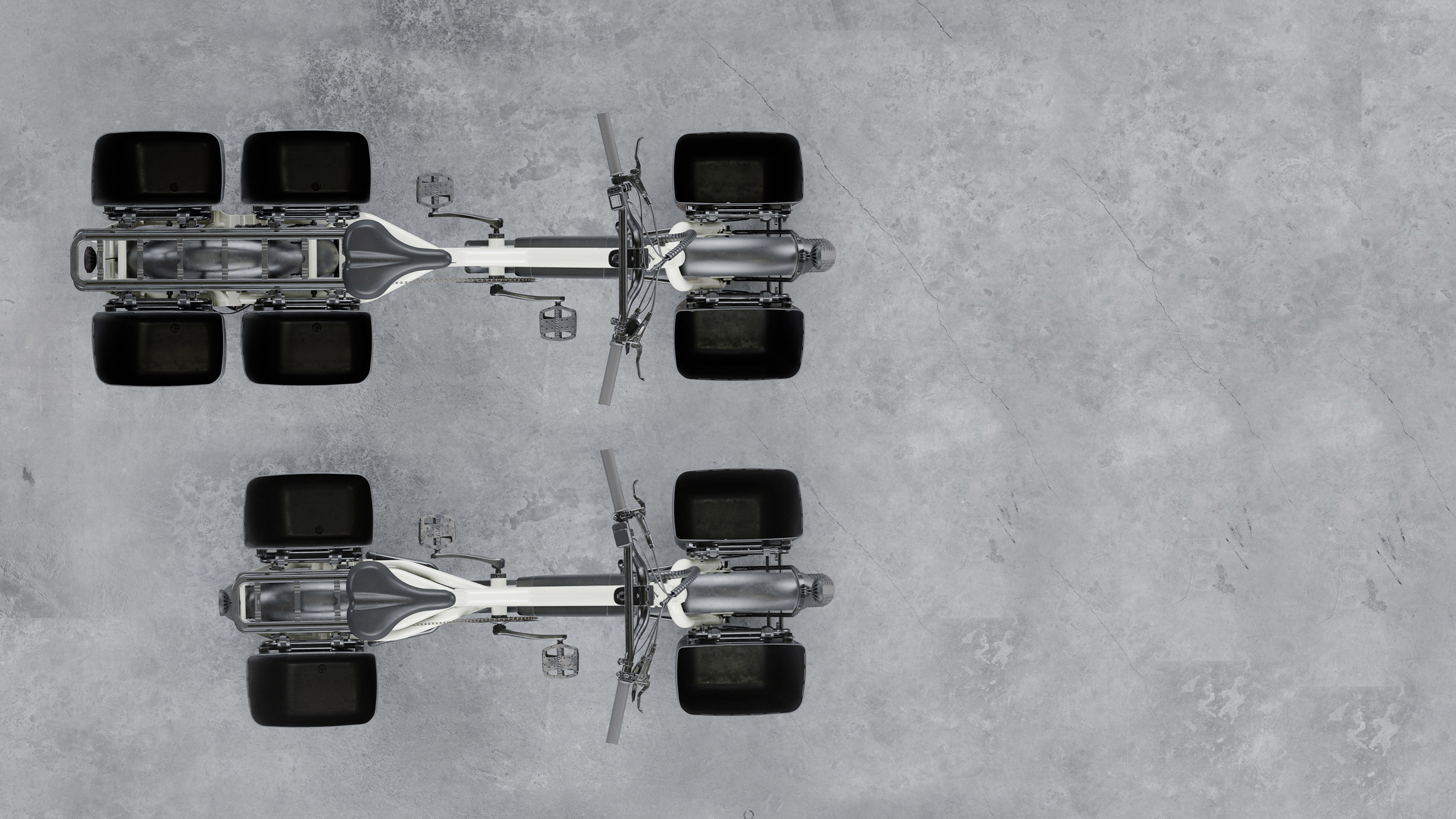Thanks. I didn't realize the transit was six feet high. That is very helpful!Indeed, quite peculiar.
I've got a tall roof Promaster, and I sympathize with the overly tall issue. Being an older guy though, I got sick of crawling around on my hands and knees car camping, being able to stand while changing clothes, or just moving around inside is a revelation. If you end up in places with lousy weather and/or bugs, having a comfortable indoor refuge will be priceless. I have a tall friend who uses a Ford Transit Connect as a camper, they're only 6' tall so would fit in Denver garages. At least with that, you can still hunch over and walk around.
Here's something else you might find peculiar:

Made for riders, by riders. | Specialized.com
From seasoned pros and weekend warriors, to kids and commuters—if you ride, we’re for you. We believe bikes have the power to change lives. This simple truth drives us to be—and do—better.
I am attracted to this bike because it is derived from the Diverge geometry. I have a 2015 Diverge that i love. The Diverge is a hybrid mechanical road bike because it handles asphalt or gravel equally well. To me the Creo is a true hybrid bike due to the frictionless motor decoupling. The Creo functions equally well with or without electrical power. It weighs 27 pounds, the same as my REI CTY belt driven, Alfine hub geared bike.
The 40 mile, water bottle Battery Extender is another feature that I find compelling. The 80 mile primary batttery is not removable. But any number of extenders can be used on a given ride.
I find the slow charging rates the most troublesome aspect of any type of hybrid. I would prefer to wait until solid state batteries arrive. I might need to escape to New Mexico this winter. The last shutdown was unpleasant for everyone. At the current rate, we will probably have a second shutdown of some type. I prefer to be on the road, in that case.
Last edited:





